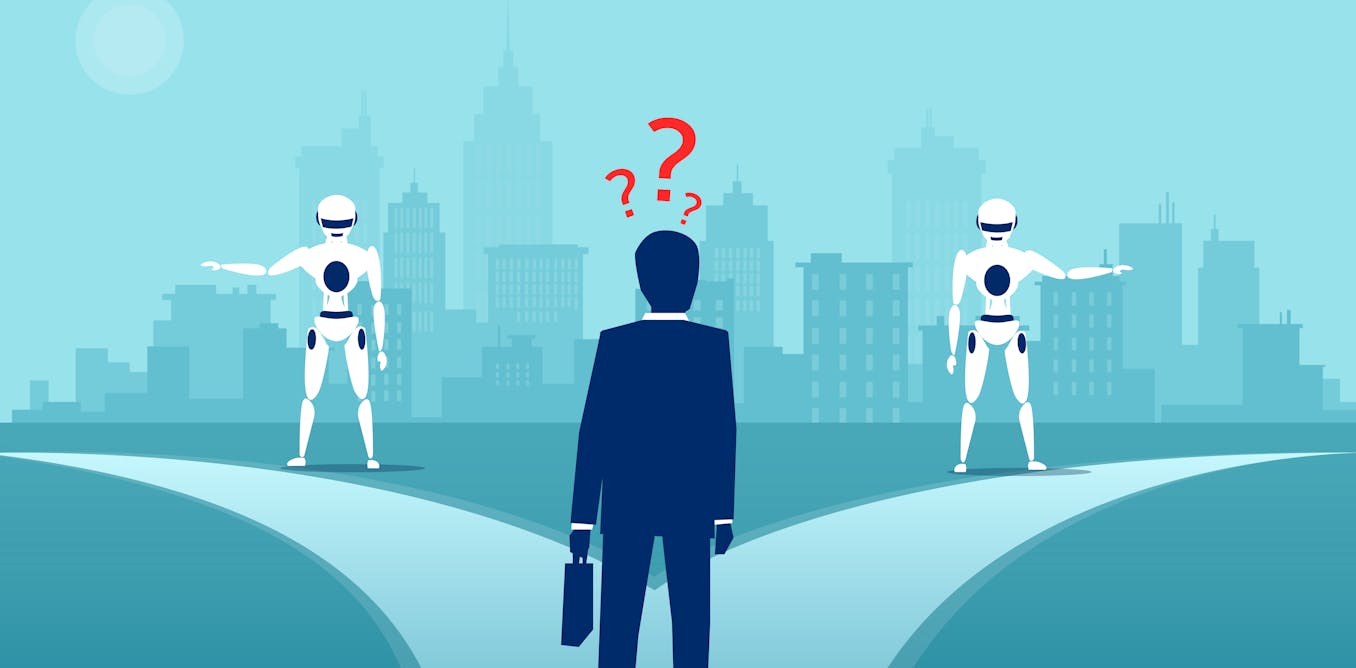In a world where technology is rapidly evolving, the story of The Little Engine That Could offers a timeless lesson. As the little engine chugged up the mountain, its mantra, “I think I can, I think I can,” underscores the power of self-belief—a message that resonates profoundly with the current landscape of artificial intelligence in business.
Artificial intelligence is no longer a distant dream but a reality reshaping industries. Despite massive investments, as highlighted by the hundreds of billions of dollars spent on AI development, a significant number of employees remain hesitant to integrate AI into their work lives. A survey by Pew Research Center reveals that 63% of U.S. workers utilize AI minimally or not at all in their roles.
This reluctance can largely be attributed to a concept known as technological self-efficacy—the confidence in one’s ability to effectively use technology. Research indicates that many who shy away from new technologies do not oppose them; they simply feel ill-prepared to apply these tools in their jobs, choosing caution over potential missteps.
Understanding Self-Efficacy in AI Integration
The theory of self-efficacy, developed by psychologist Albert Bandura, emphasizes that belief in one’s capability is often more critical than skill itself. Studies have shown that even when educators in 1:1 technology environments have access to digital tools, a lack of confidence can limit their usage.
This scenario is mirrored in workplaces adopting AI. Employees may question the relevance to their roles or fear appearing less competent if they rely on new technology. Additionally, there’s an underlying anxiety about being replaced by machines, reminiscent of the tale of John Henry, who famously competed against a steam-powered drill.
Tailored Training for Effective AI Utilization
While organizations offer training on AI usage, these programs often lack specificity, focusing on general capabilities rather than job-specific applications. As AI tools proliferate—ranging from chatbots to data analytics—training must be tailored to employees’ roles and daily challenges.
Bridging the Generational Technology Gap
The confidence gap in technology use is often generational. Younger workers, as digital natives, generally feel more adept with new technologies compared to Gen X and boomers, who adapted mid-career. High-profile AI errors, such as Google’s Bard AI mishap that cost US$100 billion, have only fueled skepticism among the latter group.
To encourage AI adoption among hesitant employees, empathetic coaching and recognition of diverse technological backgrounds are crucial.
Components of Successful AI Training
Bandura’s model of self-efficacy outlines four sources that build confidence:
-
Mastery experiences, or personal successes
-
Vicarious experiences, or observing peers succeed
-
Verbal persuasion, or receiving positive feedback
-
Physiological and emotional states, including mood and energy levels
Incorporating these elements into workplace training—through personalized, feedback-rich, and role-specific programs—can significantly enhance AI adoption. Engaging formats like PricewaterhouseCoopers’ prompting parties offer practical opportunities for building competence and confidence.
Emulating the “level up” strategy from games like “Pokemon Go!” by providing incremental, practical training opportunities can help employees gain the expertise necessary to thrive in a tech-driven environment. The goal is not revolutionary teaching methods but practical, applicable learning experiences to ensure AI becomes a beneficial ally in the workplace.






